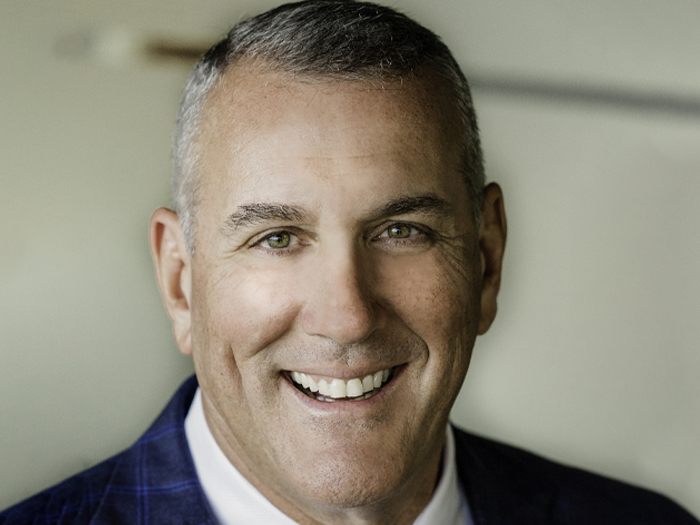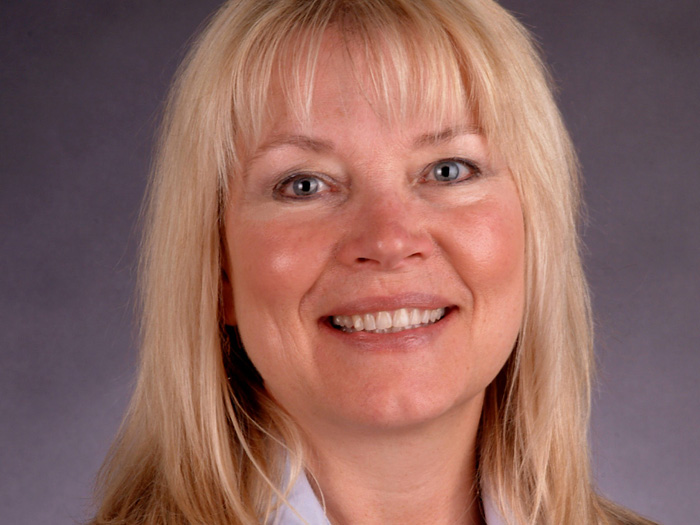70% of Workers’ Comp Billing Disputes End Badly for California Payers

According to the latest report from the California Dept. of Industrial Relations’ Division of Workers’ Compensation (DWC), more than 70 percent of workers’ comp bills submitted to the state for bill review adjudication are decided in favor of the medical provider disputing the amount remitted by payers.
That means that in seven out of 10 cases, not only are payers on the hook for additional medical costs, they also have to pick up the tab for the review fee.
A look at the first five years
California’s bill review program went into effect in 20013. It established an Independent Bill Review Organization (IBRO) to resolve medical treatment and medical-legal billing disputes in which a medical provider disagrees with the amount paid by a claims administrator after the provider has requested a second review from the payer.
The DWC report covers the program’s first five years, 2103-2017, including the status of cases filed in 2017 that were resolved in the first quarter of 2018. During that time, Maximus Federal Services (the IBRO) received 9,890 applications for bill review.
But … 70 percent?
Sad but true. Approximately one of every six IBR applications is determined to be ineligible for review for a variety of reasons, including non-payment of the review fee. Of the eligible cases reviewed and decided by the IBRO, 71.1 percent were “overturned,” meaning that on top of any amount already paid on each claim, additional reimbursement was due the provider.
We’re not talking about nickels and dimes. Overturned cases resulted in $12.3 million in additional reimbursement for providers during the five-year period reviewed, which includes payer reimbursement of the IBR filing fee.
Which bills are disputed the most?
During the five-year period covered in the report, nearly half of the IBR applications (46.2 percent) were filed in relation to office visits, consultations, and nonsurgical procedures. Hospital outpatient departments and ambulatory surgical centers brought in the second-highest number of applications (17.9 percent). Psychological testing and drug screens are also among the top 20 codes cited.
The largest awards to providers, however, were connected to inpatient procedures. Of the 20 largest awards to providers in 2017, fourteen were for surgeries and other inpatient stays, such as rehabilitation services. The largest award ($136,040) was related to a musculoskeletal condition, while the second highest ($99, 421) involved a bill for a spinal fusion procedure.
Top takeaway for payers
The DWC report includes links to redacted determination letters for the 20 cases with the highest awards in 2017. These letters offer payers a glimpse into what information and resources the IBRO is using to make their decisions.
Payers can save both time and money by understanding IBRO’s decisionmaking process and proceeding accordingly in billing disputes — before a provider has filed an application for IBR.
What the report didn’t address
A deeper dive into the report’s list of the 20 highest awards in 2017 reveals a common thread that employers would do well to take note of. The majority of the billing codes used specify the inclusion of a “complication or comorbidity” or a “major complication or comorbidity.”
It’s widely understood that comorbid factors such as obesity, smoking, hypertension and diabetes can complicate illnesses and injuries, prolong disability durations and drive up medical costs.
The DWC report provides additional evidence that claims with comorbid conditions are costing employers and payers more than they bargained for. Infusing wellness into employer safety programs should be a key goal for employers, regardless of industry or company size. &










